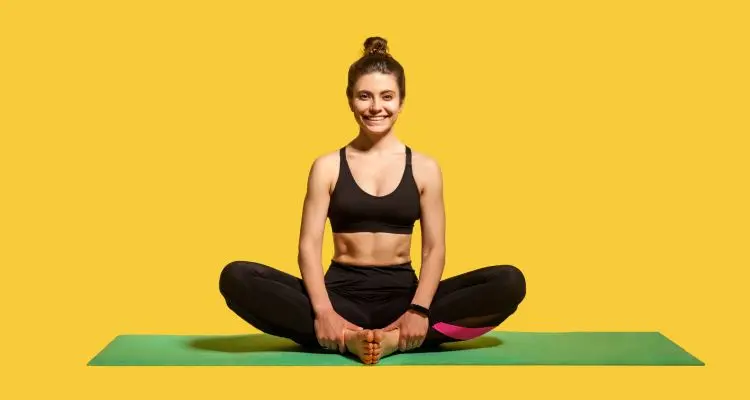
Yoga, an ancient practice that harmonizes the body, mind, and spirit, is gaining popularity worldwide due to its numerous health benefits. Regardless of age, flexibility, or fitness level, anyone can start a yoga practice. If you’re a newcomer to yoga, it’s essential to start with easy poses that allow you to establish a firm foundation. This comprehensive guide offers insight into an easy yoga routine for beginners, providing helpful tips and instructions for a successful start on your yoga journey.
Understanding the Essence of Yoga
Before diving into the poses, it’s vital to grasp the essence of yoga. Yoga is more than just physical postures; it’s a holistic practice that nurtures mindfulness, encourages self-love, and promotes a balanced lifestyle. By understanding this, beginners can approach their yoga journey with a broader perspective and more profound appreciation.
Easy Yoga Routine: Getting Started
Embarking on your yoga journey doesn’t require a hefty investment or complex equipment. All you need is comfortable clothing, a yoga mat, and a dedicated space where you can practice without interruptions.
Importance of Breath in Yoga
Breathing plays a pivotal role in yoga. Breathing techniques, known as pranayama in yoga, help control the energy flow within the body. As a beginner, you can start with simple breathing exercises, focusing on slow, deep breaths that help you connect with your body and stay present during your practice.
Warm-Up
Just like any other physical activity, it’s crucial to warm up before starting your yoga session. Warming up increases blood flow and warms the muscles, reducing the risk of injury. Simple neck rotations, shoulder rolls, wrist rotations, and ankle rolls are a few warm-up exercises you can start with.
Basic Yoga Poses for Beginners
Once you’re warmed up, you can move into some basic yoga poses. These easy poses will help you build flexibility and strength, and improve balance. Here are a few you can incorporate into your practice:
- Mountain Pose (Tadasana): This standing pose helps improve posture, balance, and calmness.
- Child’s Pose (Balasana): This resting pose stretches the hips, thighs, and ankles while calming the brain and relieving stress and fatigue.
- Downward Facing Dog (Adho Mukha Svanasana): This pose strengthens the upper body, stretches the back and legs, and energizes the body.
- Cobra Pose (Bhujangasana): This gentle backbend strengthens the spine, stretches the chest and lungs, and revitalizes the body.
- Corpse Pose (Savasana): This restorative pose relaxes the body and calms the mind.
Remember to move into and out of each pose slowly and mindfully, paying attention to how your body feels.
Consistency is Key
Consistency is more important than the length of your practice. Aim to do yoga several times a week, even if it’s for a short period. Over time, as your body gets accustomed to the practice, you can gradually increase the duration and complexity of your sessions.
Cooling Down
Always end your yoga practice with a cooldown phase. This could be a simple body scan where you lie still in Savasana (Corpse Pose), bringing attention to different parts of your body, releasing tension, and fully relaxing.
Conclusion
Starting your yoga journey with an easy routine sets a solid foundation for your practice. These beginner-friendly yoga poses and tips help create an accessible pathway into the vast world of yoga. Remember, the aim is not to achieve perfection but to explore your body’s capabilities, enhance your mindfulness, and above all, enjoy the process. With consistent practice, you’ll gradually experience improved flexibility, strength, balance, and mental clarity, deepening your understanding and appreciation of yoga.


